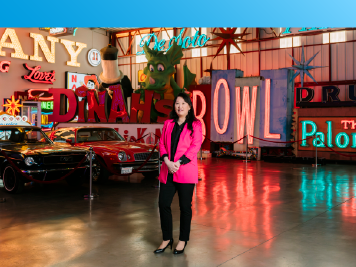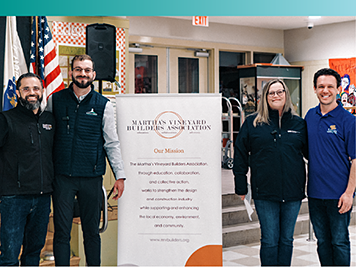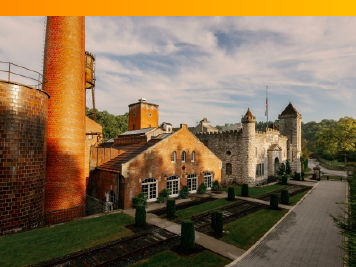Now, more than a year after the fires, there are still ongoing cleanup efforts. It may have taken only minutes for the town to burn, but the recovery will be long and challenging. T S Restaurants will be there every step of the way. They found positions in other locations for every employee from Kimo’s who was available and able to work, and they continue to support their team and the community in any way they can, as has always been part of their mission.
“We don’t just treat them like family, they are our family,” Reed says.
“‘Ohana is our first value. The company was founded nearly 50 years ago by two best friends who raised their family in the business. A lot of us have actual family members who work for T S—my brother, cousins, and son all work here. The entire company is truly a T S ‘ohana, and it is absolutely our responsibility to take care of everyone,” she continues. “It is a tragedy—there is nothing that can take that away. But the people of Maui and the people of Lahaina are strong. They have always taken care of one another and will continue to do so.”
Just as T S Restaurants has continued to advocate for its employees and community, MMA has continued to aid in relief efforts. Insurance aside, Pendergast and his teammate Jennifer Reyes, principal, risk and loss advisors, made sure their commitment to T S Restaurants extended beyond business.
“We go to every restaurant every year, and as the risk management piece of this partnership, she was essential in supporting them after this disaster,” Pendergast says. “She raised money and donated, and together, we got people to open wallets and do whatever they could do to help.”
Reyes credits her colleague for being “a voice of stability and reassurance in the moments that matter.”
In February, six months after the disaster, Pendergast and Reyes made their first post-fire visit to Maui to meet with the T S team on the ground, assess the damage, engage in strategic discussions about risk control and disaster preparedness, and simply be a listening ear for their clients and friends.
“What we typically do on our annual visits is have a round table discussion about disaster plans, safety, and risk control for any type of emergency—whether it be fire, wind, or flood, from both internal and external sources. We assess roof vents, gas lines, water lines, and cooking surfaces. We’re looking to help them put protocols in place to A, prevent something from happening, and B, if something does happen, prepare to handle it to make sure their guests and their ‘ohana are as safe as they could possibly be,” Pendergast explains.
“But beyond the safety and risk control, a lot of what we do is sit, have a meal, talk and listen to the restaurant team, ‘Tell us what’s going on, what are your challenges and struggles?”’ he continues. “Our first visit after the fire, we were really there to hear their stories and find out what we could do to assist. Hearing some of the stories was heart wrenching—to know that a place where so many of them had spent decades working was gone. That was hard for them, and in turn hard for us because we’re attached to it as well.
“But what really stood out was knowing how much they’d overcome and how good they have all been at picking themselves up and rebounding,” he says. “It was so inspiring to see that while the T S Restaurants team was trying to get themselves up and running again, they were still doing things for the community.”
Pendergast and team have an end-of-year visit planned as well, to strategize new ways to improve safety protocols and abate risk, as well as continue to nurture the relationship that means so much to everyone involved.



